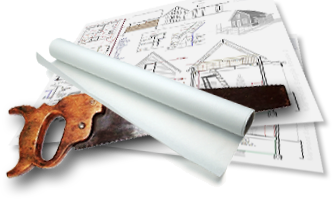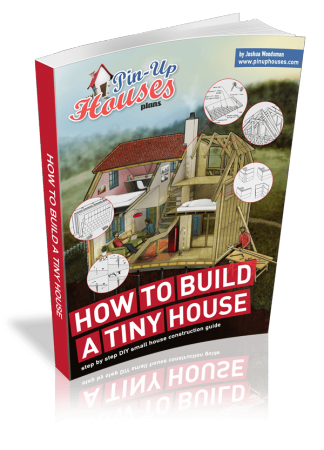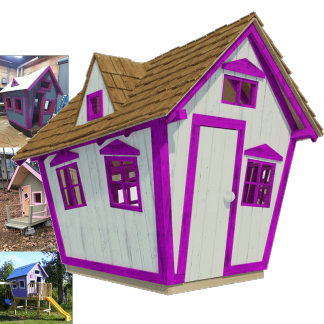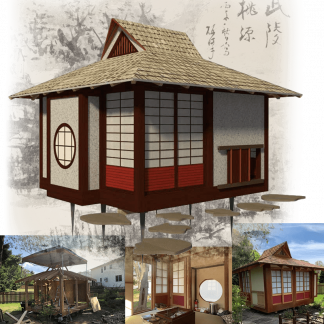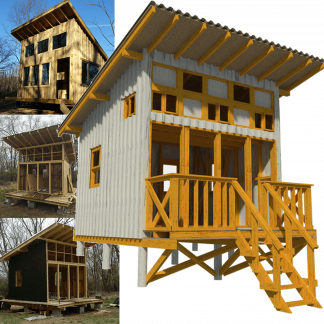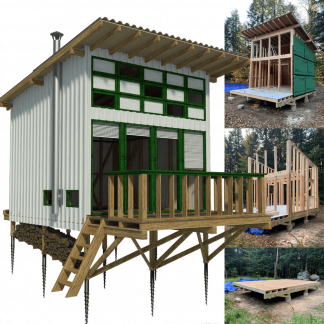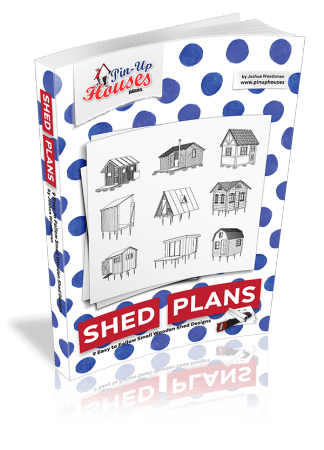Picture this: a cozy, well-designed space that’s small but also sustainable, functional, and beautiful. Sounds like a dream, doesn’t it? Thanks to 3d rendering services, this dream is becoming a reality for many. As the world embraces eco-friendly and minimalist living, small spaces like tiny houses, modular homes, and compact offices are gaining popularity. But how do designers ensure these spaces are both practical and sustainable? Enter the 3d rendering company—a game-changer in architecture and design. These companies use cutting-edge technology to visualize and optimize designs, making creating spaces that are efficient and kind to the planet easier. Let’s explore how they’re reshaping the future of small-space design.
The Importance of Sustainable Design in Small Spaces
Why does sustainability matter in small spaces? For starters, smaller spaces naturally use fewer resources, which is a win for the environment. But sustainability goes beyond just size. It’s about using eco-friendly materials, reducing energy consumption, and minimizing waste. Think solar panels, recycled wood, and energy-efficient appliances. These elements reduce your carbon footprint and save you money in the long run.
Here’s where 3D architectural rendering services come into play. They allow designers to showcase these sustainable features in vivid detail, helping clients visualize the benefits. Want to see how natural light floods your tiny home or how rainwater harvesting systems integrate seamlessly into your modular design? 3D rendering makes it possible. It’s like having a crystal ball for sustainable living.
But sustainability isn’t just a trend—it’s a necessity. With climate change and resource scarcity becoming pressing issues, designing small spaces that are both functional and eco-friendly is more important than ever. That’s where 3D rendering companies step in, bridging the gap between imagination and reality.
How 3D Rendering Enhances Small-Space Design
Designing a small space is like solving a puzzle. Every inch counts, and every detail matters. This is where 3D architectural visualization services shine. They allow architects and designers to experiment with layouts, lighting, and materials in a virtual environment before a single brick is laid.
For example, imagine you’re designing a compact office. With 3D rendering, you can test different furniture arrangements to maximize space, simulate natural light to see how it affects productivity, and visualize eco-friendly materials like bamboo flooring or recycled glass countertops. The result? A space that is not only functional but also aesthetically pleasing.
But it’s not just about looks. 3D rendering helps designers optimize energy efficiency. Want to see how solar panels will perform on your tiny house roof? How will insulation keep your modular home warm in winter? 3D rendering provides the answers, making sustainable design more accessible than ever.
Let’s not forget the emotional impact. Walking into a well-designed small space can feel like stepping into a sanctuary. It’s cozy, efficient, and tailored to your needs. With 3D visualization services, designers can create spaces that not only look good but also feel good.
Case Studies: Examples of Small Creative Spaces
Let’s take a closer look at how 3d rendering studio projects are transforming small spaces:
- Tiny Houses: These compact homes are a perfect example of sustainable living. They’re designed to make the most of every square foot with features like foldable furniture, solar panels, and rainwater harvesting systems. 3D rendering helps designers visualize these features, ensuring the final product is functional and eco-friendly. For instance, a tiny house in California uses 3D-rendered designs to incorporate a rooftop garden and solar panels, creating a self-sufficient living space.
- Modular Homes: Modular designs are all about flexibility. They can be easily assembled, disassembled, and even relocated. 3D rendering allows designers to experiment with different configurations, ensuring the final design meets the client’s needs while minimizing environmental impact. For example, a modular home in Sweden uses 3D-rendered plans to include energy-efficient windows and insulation, reducing heating costs by 30%.
- Compact Offices: As remote work becomes more common, compact offices are in high demand. These spaces need to be ergonomic, energy-efficient, and inspiring. 3D rendering helps designers create workspaces that tick all these boxes, from optimizing natural light to integrating innovative technology. A compact office in New York uses 3D-rendered designs to include a foldable desk, built-in storage, and energy-efficient lighting, making the most of a 100-square-foot space.
These examples show how 3d rendering companies push the boundaries of what’s possible in small-space design. By combining creativity with technology, they’re creating spaces that are not only practical but also sustainable.
The Role of 3D Rendering Companies in Promoting Eco-Friendly Designs
So, what exactly do 3d visualization services bring to the table? They use advanced tools like VR, AR, and BIM to create immersive visualizations of sustainable designs. These tools allow designers to simulate energy efficiency, material performance, and environmental impact.
But it’s not just about technology. 3d rendering companies collaborate closely with architects and clients to ensure designs meet sustainability goals. They act as a bridge between vision and reality, making it easier to create beautiful and eco-friendly spaces. Whether it’s a tiny house, a modular home, or a compact office, these companies are at the forefront of sustainable design.
For example, a 3D rendering company might work with an architect to design a tiny house using reclaimed wood and solar panels. They’ll create detailed renderings that show how the wood will age over time and how the solar panels will perform in different weather conditions. This level of detail helps clients make informed decisions, ensuring the final design is sustainable and functional.
Let’s not forget the role of storytelling. A well-rendered design isn’t just a visual—it’s a narrative. It tells the story of how the space will be used, how it will feel, and how it will impact the environment. This emotional connection is what sets 3D rendering companies apart, making them invaluable partners in the design process.
Challenges and Solutions in Small-Space Design
Designing small spaces can be challenging. Limited space, balancing aesthetics with functionality, and integrating sustainable features can be tricky. But here’s the good news: 3D rendering services make these challenges easier to overcome.
For example, limited space can make it challenging to fit everything you need. However, with 3D rendering, designers can test multiple layouts virtually, ensuring every inch is used efficiently. Balancing aesthetics with functionality? 3D rendering allows designers to experiment with different materials and finishes, ensuring the final design is beautiful and practical. When it comes to sustainability, 3D rendering helps designers visualize eco-friendly features, making it easier to integrate them into the design.
Take the challenge of natural light, for instance. In a small space, windows create a sense of openness. However, too many windows can lead to heat loss in winter. With 3D rendering, designers can simulate how different window placements affect light and temperature, finding the perfect balance.
Another challenge is storage. Storage solutions must be creative and multifunctional in a tiny house or compact office. 3D rendering allows designers to visualize built-in shelves, hidden compartments, and foldable furniture, ensuring the space remains clutter-free without sacrificing style.
Conclusion
In a world where sustainability and functionality are more important than ever, 3d rendering companies play a crucial role. They’re helping architects and designers create small spaces that are not only eco-friendly but also practical and beautiful. From tiny houses to compact offices, these companies are reshaping how we think about design.
By combining cutting-edge technology with a deep understanding of sustainability, 3d rendering services are making it easier than ever to create spaces that are kind to the planet and tailored to our needs. Whether you dream of a cozy tiny house or a sleek modular home, these companies are here to realize your vision.
As we look to the future, one thing is clear: small spaces are here to stay, and 3d rendering companies will continue to lead the way in creating sustainable, functional, and inspiring designs. So, the next time you walk into a beautifully designed small space, take a moment to appreciate the technology and creativity that made it possible. After all, great design isn’t just about looks—it’s about making the world a better place, one small space at a time.

